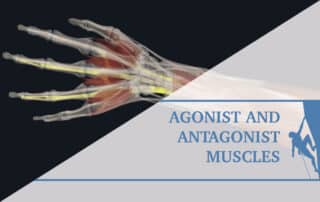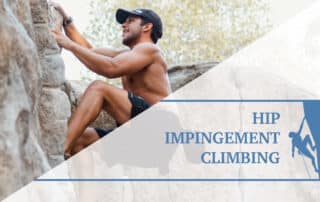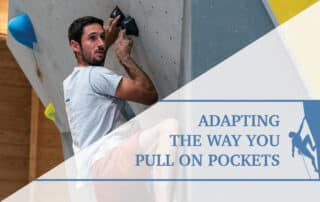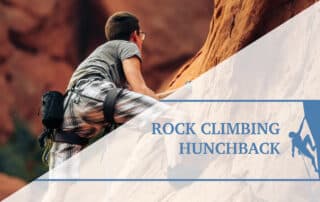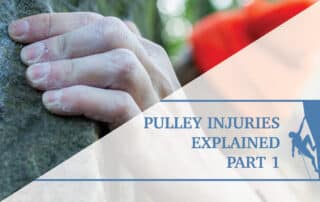Scapular Instability with Climbers
“Keep your arms straight and stay low!” This classic line is heard the world over for beginning climbers. Even if preventing the T-Rex arm is a quality way to fight off pump, this doesn’t tell the whole story of how we should be moving on the wall.
Quick Beta – Agonist and Antagonist Muscles
Have you ever read a blog post, or heard people talking in the gym, about muscle agonists/antagonists and wondered what they mean? I’d like to help you out with that. In this short blog post, I just want to bring your attention to some commonly used lingo to make you a more informed climber. [...]
Femoroacetabular Impingement Syndrome (FAI)
Do you have pain in the front of your hip or groin? Is sitting cross-legged or in low chairs uncomfortable? Is your hip pain worse following a climbing session? Have you noticed high-stepping or cross-over moves cause you pain? If yes, you may have Femoroacetabular Impingement Syndrome (FAI).
Pocket Change – Adapting the Way You Pull on Pockets
I recently finished the classroom portion of my Doctor of Physical Therapy education, and I am now moving into my final clinical rotation down in San Diego. With a short break in between school and clinic, I took a trip with my girlfriend to Ten Sleep Canyon in Wyoming. The limestone there is incredible! [...]
Rock Climbing Hunchback
The spine begins to curve and the shoulders round forward and you begin to take on the appearance of Quasimodo. But fear not, the dreaded hunchback is avoidable with some simple mobility, strength and movement exercises. Check out the article below to learn more.
Pulley Injuries Explained – Part 1
If you’re a climber, chances are you have either had a finger injury, or at least you know someone who has had one. According to the research literature, fnger injuries are the number one culprit, with A2 pulley injuries being the most common.


